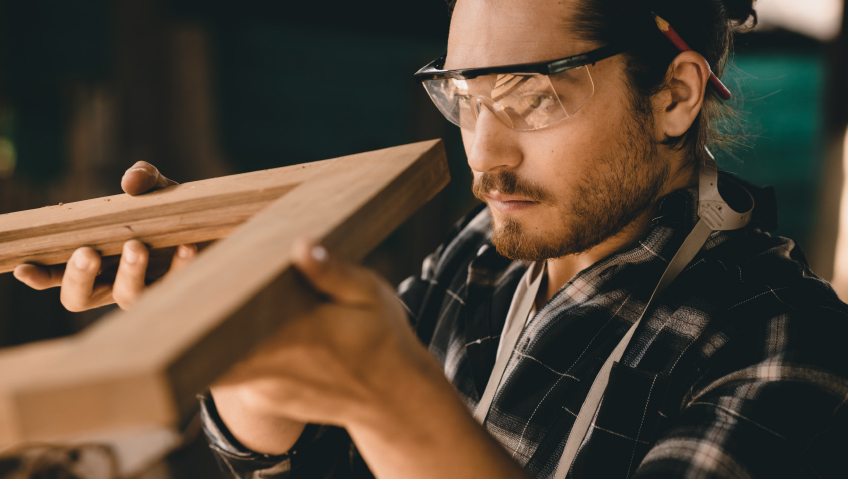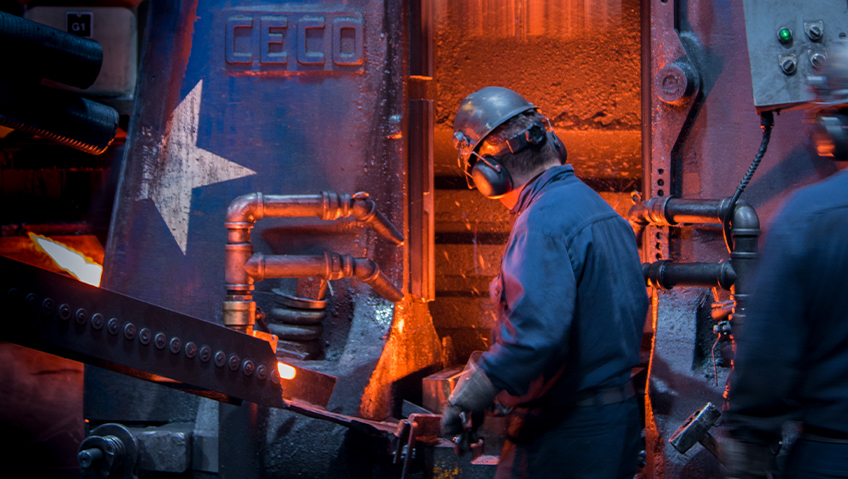When the news of Virgin Hyperloop’s (formerly Hyperloop One) construction of a $500 million certification center and test track in West Virginia hit the news in October last year, the global excitement over the transportation technology company’s project was palpable.
Elon Musk, of Tesla and SpaceX, launched the hyperloop idea as open-source technology back in 3013, noting in his alpha paper that a design featuring air bearings would generate an air pocket on which a pod would ride. Hyperloop Transportation Technologies (HyperloopTT, Culver City, California, U.S.), meanwhile, is the proud owner of the first full-scale Hyperloop passenger pod, complete with its 320-metre test track in Toulouse, France.
As Musk’s original air-bearing concept was deemed dangerous and impractical, Virgin Hyperloop’s design employs an advanced version of maglev, short for magnetic levitation, similar to the method already in use in the world’s fastest trains. In Virgin’s hyperloop technology, magnetic bearings lift and pull pods, or aeroshells, through nearly airless tubes at breathtaking speeds with the help of pressure controls that vary the already-minimized airflow inside tunnels, delivering a safe, smooth ride with minimum disturbance to passengers.
Other companies are also researching hyperloop technology with the aim of commercial travel. According to hyperloopconnected.org/, set up by students of the Delft University of Technology as a meeting point where researchers and engineers can join forces and share ideas, many teams around the globe are searching for ways to bring viable hyperloop technology to market. To achieve speeds of one thousand kilometres per hour, inventing new materials and methods to manufacture these vehicles is of the essence.
Delft Hyperloop, the Dutch student group from Delft University of Technology that is developing a climate-neutral hyperloop system, recently chose to employ artificial intelligence in their design. The group submitted its computational fluid dynamics (CFD) model to artificial intelligence (AI) by the Franche-Comté Electronics Mechanics Thermal Science and Optics – Sciences and Technologies (FEMTO-ST), achieving in mere minutes improved. As one of four founding members of the European Hyperloop Week (EHW) held in Valencia, Spain this month from the 19th to the 25th, the team has entered its design in the event’s contest.
Hyperloop pods are subjected to conditions akin to flying about 200,000 feet above the earth which is roughly six times higher than commercial airplanes. Composite materials containing carbon fibre are being examined since lightweight, high-resistance materials will be needed to create these pods. In some cases, carbon fibre is already replacing specialized plastics, often in the form of specialty ‘pre-pregs,’ like the TenCate 8020, a carbon-fibre-reinforced fabric impregnated with epoxy and favoured for its lightness and strength as well as its impressive stiffness to weight ratio and its shape versatility. The term pre-preg comes from ‘pre-impregnated,’ as these composite materials are made from fibres pre-impregnated with partially cured epoxy, resin, or thermoplastics.
John Jackson, technical support engineer for Toray Advanced Composites in England noted to Composites World magazine in 2019, that the growing market created by aviation and aerospace giants for more structural thermoplastics, out-of-autoclave (OOA) plastics that have been vacuum, heat, and pressure-treated for improved performance, and automated thermoplastics that guarantee consistent quality by restricting manual interaction during composite manufacturing is likely to continue being echoed by hyperloop engineers.
One of the most spellbinding materials to be used so far, however, is the mythical-sounding Vibranium, a composite fabricated from sensor-containing carbon fibre. The material was developed by HyperloopTT for its first Quintero One passenger pod and is said to have been inspired by Captain America’s shield from of Marvel Comics. The vessel is comprised of eighty-two panels manufactured from this new material and was brought to life in Madrid, Spain as a collaboration between the owner and Airtificial, a company that was formed by a transport and infrastructure composites fabricator and a civil engineering firm nearly three years ago. The company has extended the use of the smart carbon fibre to its tubes where the materials are combined with steel and concrete to create the casings to propel its passenger pods.
Other composite metal materials are also being manufactured for the hyperloop market, like aluminum matrix composites that offer improved flexibility and resistance to environmental extremes compared to alloys used in everyday construction. Concrete can also be reinforced for better performance, as in the case of ultra-high-performance steel-fibre-reinforced concrete for significantly stronger yet less bulky hyperloop tubes.
Delft Hyperloop is even considering employing continuous filament winding as a means to manufacture composite tubes on site. The technology is being developed in a research partnership with a specialist in the field, Jules Dock from the Netherlands, who uses the method to fabricate offshore wind turbine towers, for a different take on the epoxy-based carbon fibre that won the student team its first SpaceX Pod Innovation Award in 2016.
The sheer length of the tunnels needed to reach the phenomenal speeds of around one thousand kilometres per hour, the cost expected, the durability required, and the safety of hyperloop’s vacuum tubes are all important factors to consider when developing materials for manufacture. Considering the science to achieve the level of safety needed for these vacuum tubes to carry passengers is vital.
Turbo-molecular pumps running between 20,000 and 90,000 rotations per minute keep a low-vacuum state inside the tunnel where the high-pressure conditions caused by the surrounding atmosphere outside means that the slightest weakness in the construction of a tube can result in a fatal implosion, putting at risk the lives of everyone inside the pods.
Therefore, while all the innovative and entrepreneurial adventurers hooked on hyperloop systems come up with improved designs, the manufacturers of the world must continue developing ever-stronger and lighter materials that are also gentle on the environment in their development, fabrication, and in end-of-life-cycle to ensure the future of next-generation, high-speed travel grows responsibly.






